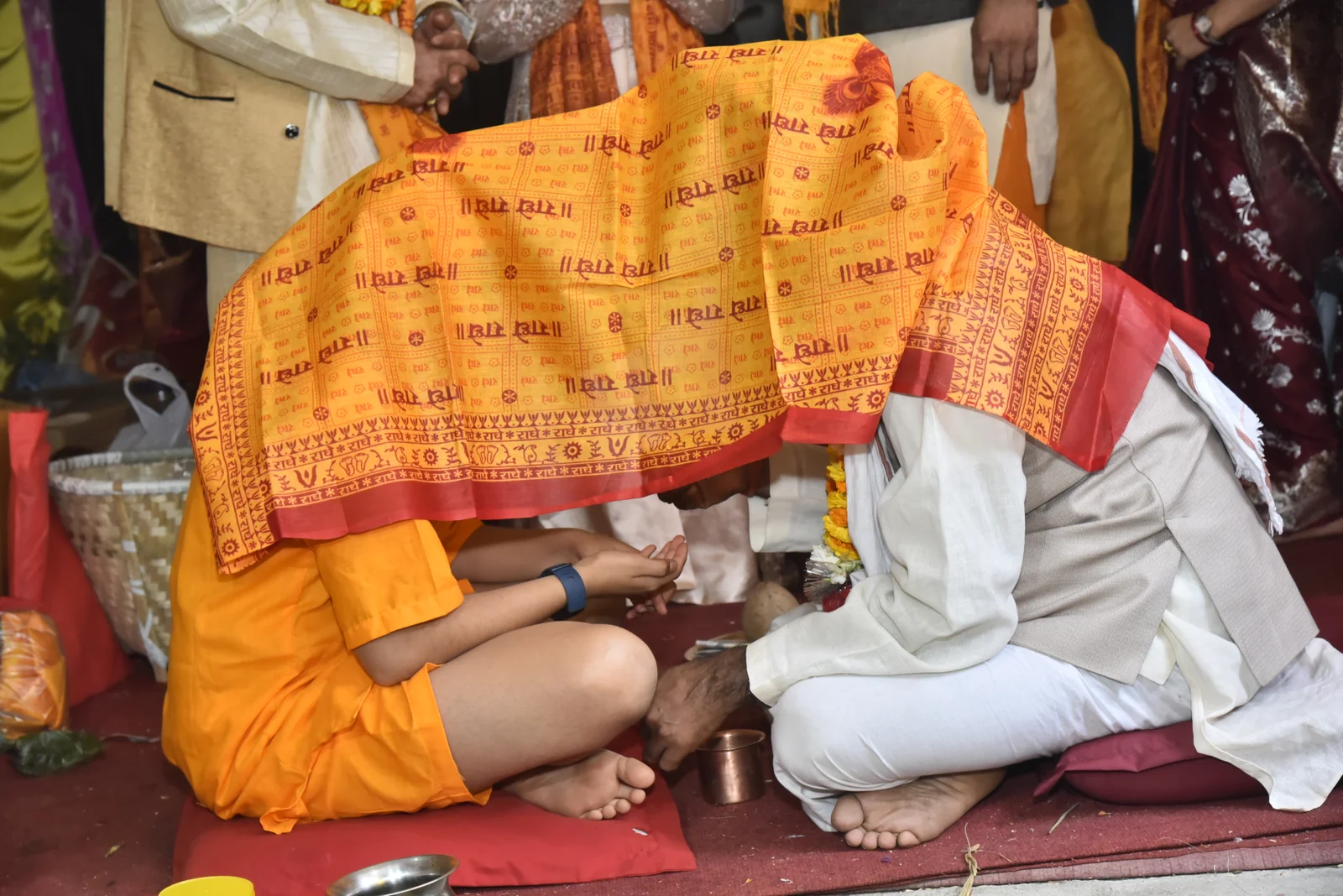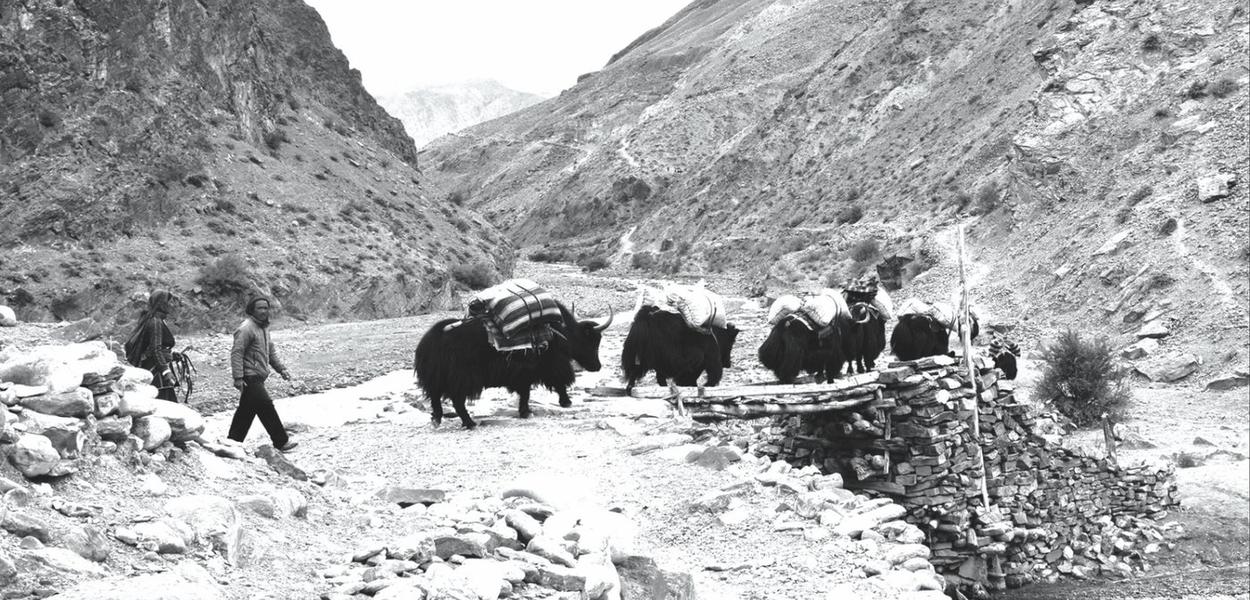Share this Article
In Nepal, spirituality is deeply embedded in the daily lives of the people. For many Hindus and Buddhists, the practice of Puja (worship) forms a vital part of their day-to-day rituals, often conducted in their homes. These daily religious ceremonies serve as a connection to the divine, ensuring blessings, spiritual growth, and protection for the household and its members. The Daily Puja is a personal act of devotion that takes place in the sanctity of the home, either individually or as a family.
This sacred ritual varies depending on region, caste, family traditions, and religious affiliations but generally follows common elements, especially in Hindu and Buddhist communities. It is not only an expression of faith but also a symbol of family unity, cultural heritage, and respect for the divine forces that are believed to govern the universe.
The Significance of Daily Puja
In Nepalese culture, daily worship is an essential part of life, as it serves several purposes:
-
Spiritual Cleansing and Purification: Puja is believed to purify the mind, body, and soul. It helps individuals and families start their day with positive energy and a clear mind, fostering a sense of peace, focus, and devotion.
-
Invocation of Blessings: Through daily worship, individuals seek the blessings of the gods and goddesses for prosperity, good health, and protection from harm. Common deities worshipped in Nepali homes include Lord Shiva, Goddess Lakshmi, Goddess Durga, Lord Vishnu, Lord Ganesh, and other regional or family-specific deities.
-
Strengthening Family Bonds: For many families, Puja is a communal activity that strengthens the bond between family members. It fosters a sense of unity, respect, and shared devotion to the divine.
-
Fulfilling Religious Duties: In Hinduism, daily worship is seen as a duty or dharma. It is part of fulfilling one’s responsibilities as a devotee, bringing them closer to spiritual liberation, or moksha.
Components of Daily Puja
A typical daily Puja can range from simple and brief offerings to more elaborate rituals, depending on the family's customs. The essential components of daily Puja usually include the following:
1. Preparation of the Puja Area
The Puja room or altar is usually set up in a clean and quiet part of the home, often facing east or north, as these directions are considered auspicious in Hindu and Buddhist traditions. The altar is adorned with idols or pictures of the chosen deities, flowers, incense, and oil lamps. Many families also place sacred texts like the Bhagavad Gita, Ramayan, or other holy scriptures on the altar.
The ritual space must be kept clean, as purity is important in Hinduism and Buddhism. In some homes, the floor is swept or washed before the Puja, and the room is decorated with rangoli (decorative patterns made with colored powders) or fresh flowers to invite positivity.
2. Lighting the Lamps and Incense
The first step of the Puja is to light the oil lamps or diyas and incense sticks. Diyas made from clay or brass are placed on the altar, and a wick soaked in ghee or oil is lit to symbolize the presence of divine light. Incense is also burned to purify the space and create a peaceful atmosphere conducive to meditation and prayer.
3. Offering Flowers and Fruits
Fresh flowers, particularly marigolds, are often offered to the deities, as they are considered sacred in Hinduism and Buddhism. Fruits, sweets, and prasad (holy food) are also placed as offerings to the gods. These items are meant to express gratitude and invite blessings into the home.
4. Mantras and Chants
Chanting sacred mantras or hymns is an integral part of the Puja. The mantras are recited to invoke the blessings of the deities, with each deity having specific prayers and chants. For example, a common mantra for Lord Ganesh is "Om Gan Ganapataye Namah," which is believed to remove obstacles and bring good fortune. Similarly, chanting Gayatri mantra and Sankat Mochan Hanuman Ashtakshara brings peace, protection, and prosperity.
For Buddhists, Om Mani Padme Hum is a common mantra used to invoke compassion and blessings. Tibetan Buddhist practices also involve prayers to various deities and Bodhisattvas, such as Avalokiteshvara.
5. Offering Water
Water is an essential offering in daily Puja, symbolizing purity and the cycle of life. The water is often poured into a small container or a kalash (sacred water vessel), which is placed on the altar. This act represents the flow of divine energy.
6. Aarti and Bell Ringing
Aarti is the ritual of waving a lighted lamp in a circular motion in front of the deity while chanting hymns. It is accompanied by the ringing of a bell, which is believed to call the deities and awaken their presence. The bell also symbolizes the sound of divine energy, which is said to bring peace and harmony to the environment.
7. Offering Prayers
The devotee prays for various blessings, such as good health, prosperity, long life for loved ones, success in endeavors, and spiritual growth. It is common for individuals to express gratitude for the positive aspects of life and ask for guidance during difficult times. Some people offer personal prayers for specific challenges or goals.
8. Prasad and Distribution
After the prayers and offerings, the prasad (blessed food or offerings) is distributed among the family members. This food is considered sacred and is believed to be infused with the blessings of the gods. In some homes, it is also shared with neighbors or guests as a symbol of community and unity.
9. Closing the Puja
To conclude the Puja, devotees offer a final prayer of gratitude. The altar is then cleared, and the offerings that were not used are often discarded in an appropriate place, such as a river or a sacred pond.
The Role of Puja in Nepali Households
In Nepalese homes, daily Puja is not just a religious obligation but also a spiritual practice that connects the family to a long tradition of devotion. It serves to create a positive environment, instilling a sense of peace, devotion, and harmony within the home. Whether it is the family patriarch or the matriarch who leads the Puja, or whether it is done by individual family members, the act of worship plays a central role in fostering a sense of unity and devotion in the household.
The Importance of Family Involvement in Puja
While some Nepali families may practice Puja individually, in many households, it is a family-oriented activity. Parents often take the lead in teaching children about the importance of devotion and spirituality. The shared experience of worship helps strengthen family bonds and pass down religious traditions to the younger generations. Children learn to appreciate their cultural heritage and develop a sense of gratitude and respect for the divine.
In rural areas, where spiritual practices tend to be more ingrained in daily life, family members come together regularly to worship, keeping the customs alive. In urban areas, where fast-paced lifestyles can make time for rituals limited, many families still ensure that the essence of daily worship is maintained, whether by allocating specific times for Puja or adapting it to suit their schedules.
Conclusion
The practice of daily Puja in Nepali homes is a cornerstone of spiritual life, connecting individuals and families to their faith, community, and cultural heritage. Whether it is a simple offering of incense or a grand ceremonial worship, Puja is a timeless tradition that unites people in devotion, seeking the blessings of the divine for a peaceful and prosperous life. Through these rituals, Nepali families maintain a living connection with their spirituality, ensuring that faith and devotion remain deeply embedded in their everyday lives.
Categories:
Lifestyle & Local Life
Tags:
tradition







